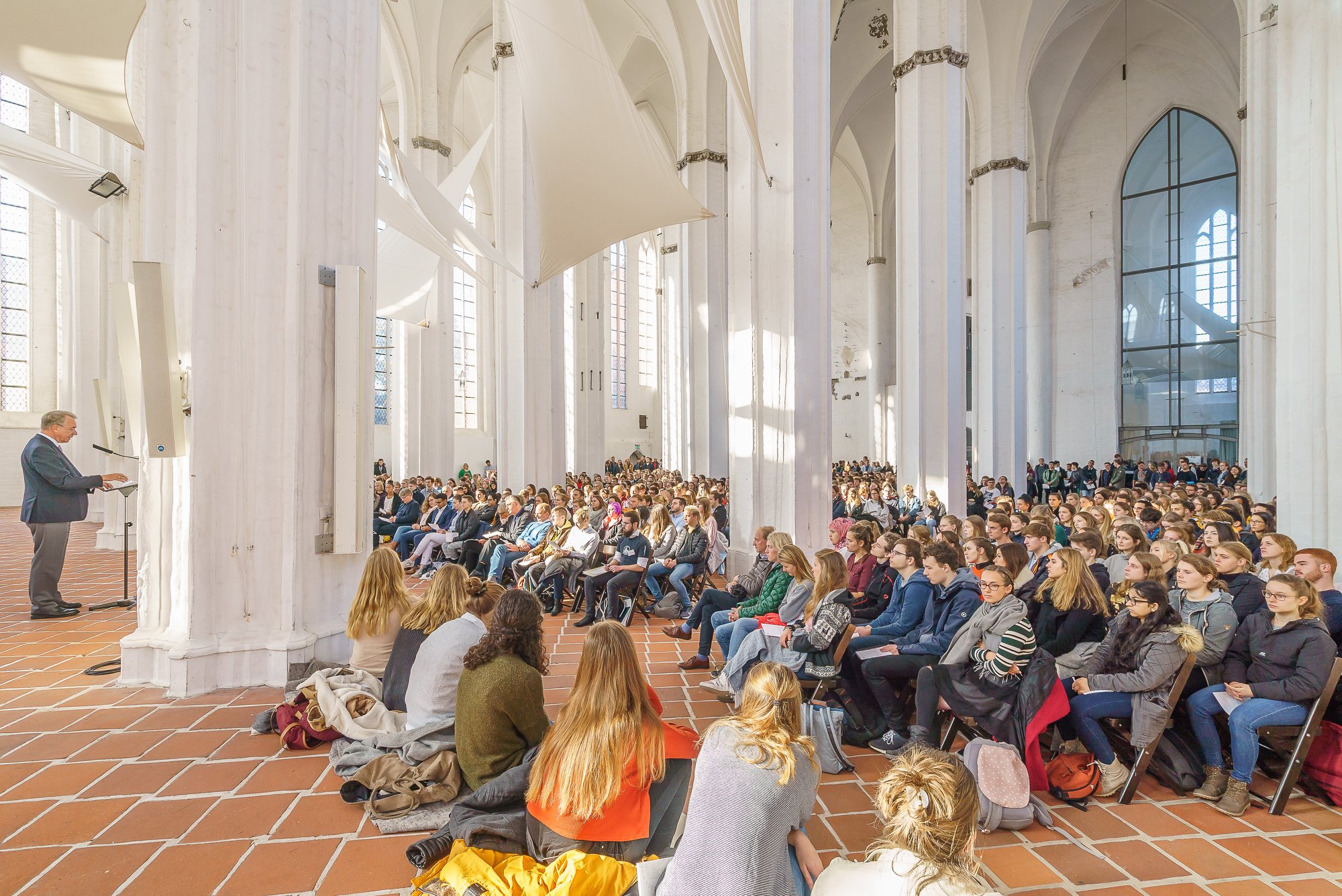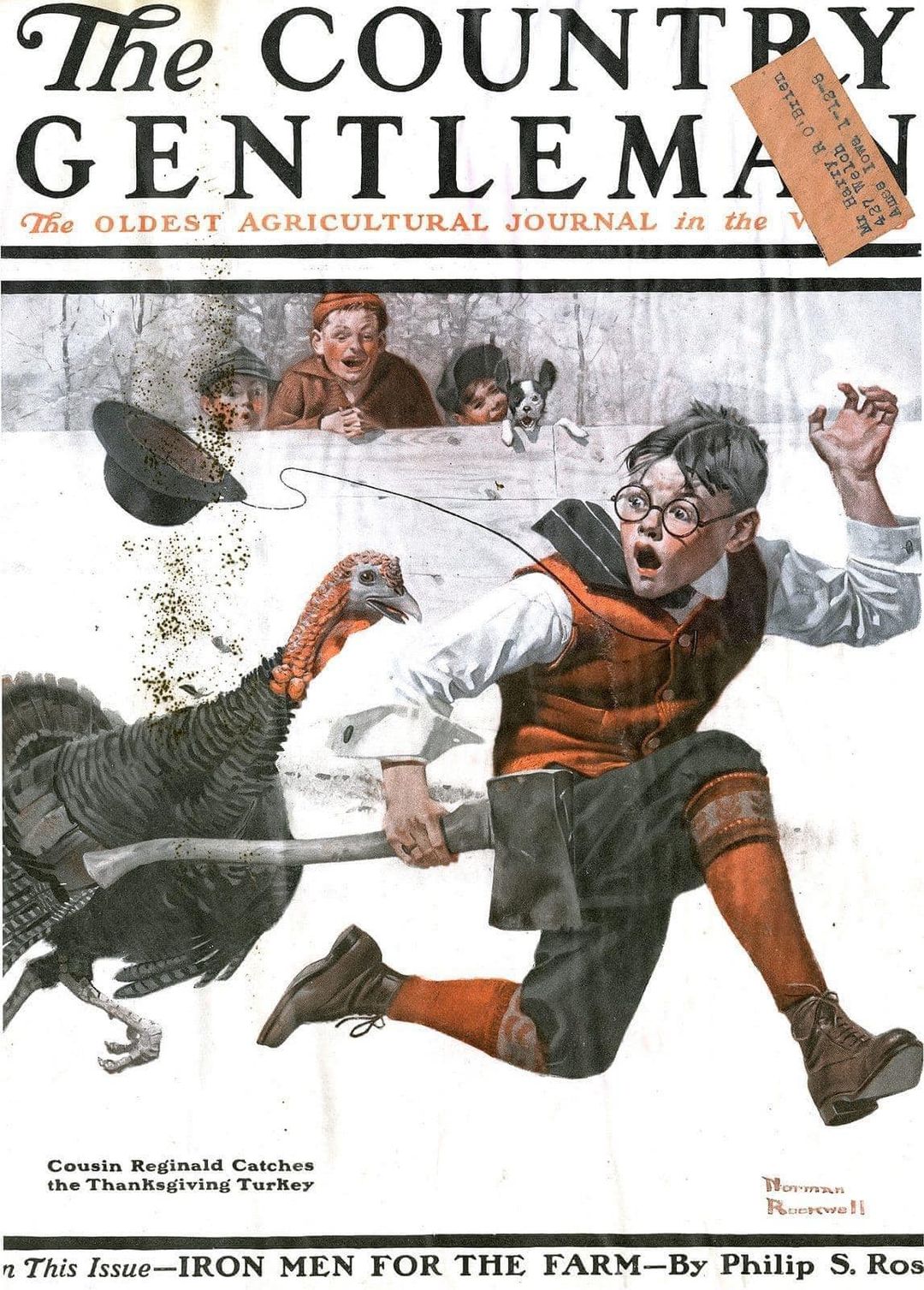Although specific temperature settings vary, gross anatomy labs are commonly kept at temperatures ranging from 55°F to 65°F (approximately 13°C to 18°C). This range balances the need for specimen preservation and the comfort and safety of individuals working in the lab. The 2022 Edition is widely incorporated by reference into public safety law; design, construction, maintenance operations best practice for laboratory health care occupancies.
ASHRAE 15 Safety Standard for Refrigeration Systems
Purpose: This standard specifies safe design, construction, installation and operation of refrigeration systems. It not apply to refrigeration systems using ammonia (R-717) as the refrigerant.
Scope: This standard establishes safeguards for life, limb, health, and property and prescribes safety requirements:
- Design, construction, test, installation, operation, and inspection of mechanical and absorption refrigeration systems, including heat pump systems used in stationary applications;
- Modifications including replacement of parts or components if they are not identical in function and capacity; and substitutions of refrigerant having a different designation.
This standard provides safety requirements for refrigeration systems, which are often used in cadaver storage facilities to maintain appropriate temperatures. It includes guidelines on system design, installation, operation, and maintenance to ensure safe and reliable performance. Student gross anatomy labs are typically kept at lower temperatures. Maintaining a cooler environment in these labs is important for several reasons:
- Preservation of Specimens: Lower temperatures help preserve cadavers and anatomical specimens by slowing down the decomposition process. This is crucial for maintaining the quality and usability of the specimens over extended periods.
- Control of Odors: Cooler temperatures can help minimize the release of odors from the preservation chemicals used, such as formaldehyde, which can be unpleasant and potentially harmful in higher concentrations.
- Health and Safety: Maintaining a lower temperature can reduce the volatilization of formaldehyde and other chemicals, thereby lowering the concentration of potentially harmful vapors in the air. This contributes to a safer environment for students and faculty.
- Comfort during Lab Sessions: Students and instructors often wear protective clothing, including lab coats and gloves, which can be uncomfortable in warmer environments. A cooler lab helps ensure comfort during extended periods of study and dissection.
While the specific temperature settings can vary, gross anatomy labs are commonly kept at temperatures ranging from 55°F to 65°F (approximately 13°C to 18°C). This range balances the need for specimen preservation and the comfort and safety of individuals working in the lab.
University of Michigan Mechanical Design Guidelines and General Specifications
Craving the College Farm's wood-fired pizza and made-from-scratch soup? So are we! Now you can indulge in these mouthwatering treats without stepping foot off campus. https://t.co/7pxypmxb10 pic.twitter.com/UYgxpDnms6
— Dickinson College (@DickinsonCol) September 14, 2024
























